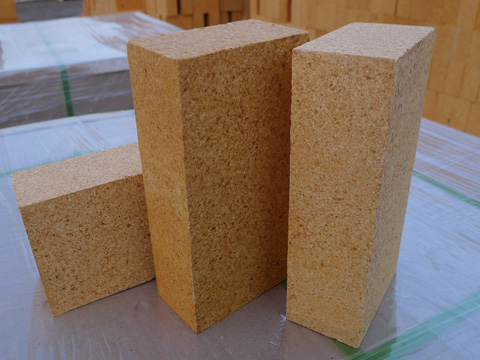
When you think about bricks, you probably picture the classic red bricks that are used for building houses and commercial buildings. There are a lot of other types of bricks available, however. For instance, fire bricks are special bricks that are designed to withstand incredibly high temperatures. They are most commonly used in high-heat applications. For instance, you can often find them lining the floors and walls of kilns, fireplaces, or ovens.
Shopping for fire bricks can be a little bit confusing. There are a lot of different options to choose from and it can be hard to know which bricks are the best choice for your particular application. A good place to start is by learning more about the difference between soft fire brick and hard fire brick.
Soft fire bricks are extremely lightweight and porous. They are made using a special type of clay that includes materials that are combustible. When they are fired, the combustible materials burn out of them, leaving behind tiny pockets of air inside the bricks. These air pockets make the bricks an excellent choice for applications where intense insulation is required.
You can most often find soft fire bricks inside of electric kilns or ovens. Not only are they lighter weight than hard fire bricks but they also are a lot easier to cut. In fact, you can cut through them using basic hand tools. That means that you can shape them to whatever size or shape you need to fit the area where they are being installed without the need for special tools.
Hard fire bricks are much denser than their soft counterparts. They are made primarily of alumina and silica and are capable of withstanding high temperatures. They are also extremely durable. Because they are so much stronger than soft fire bricks, they are usually used for applications that require a lot of structural support. For instance, these bricks are often used to build the outside walls of large ovens or kilns. They are especially popular for use in applications where they will be exposed directly to open flames.
Because of their higher density, they are a lot more difficult to cut than soft fire bricks. In most cases, you will need to use a power tool like a tile saw to cut through them. That makes them a lot more difficult to install then soft fire bricks. Ovens or kilns that are made with hard fire bricks tend to heat up more slowly than those that are made with soft fire bricks, simply because the hard bricks don’t provide as much insulation.
Hard fire bricks are available in several different styles ranging from low-duty bricks, which are designed to withstand temperatures just over 1700°, all the way up to high-fired super-duty bricks that can withstand temperatures of more than 3000°.
Hopefully, this gives you a better idea of the difference between soft fire bricks and hard fire bricks. When choosing bricks for a high-heat application, you should consider consulting with an expert. That way, you can be sure that the bricks that you purchase will provide the proper levels of structural support and insulation.

